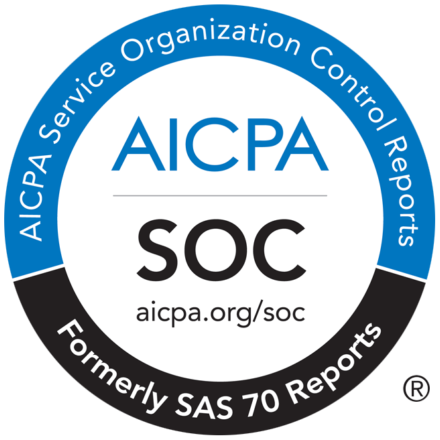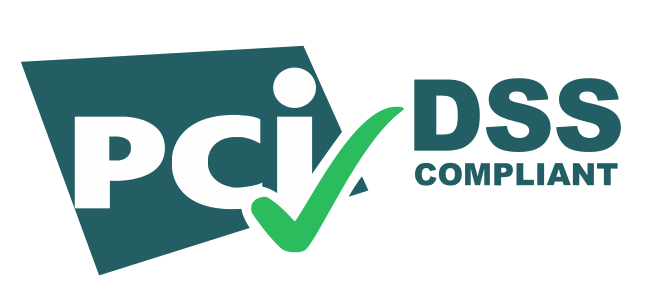Indian authors should avoid copyright infringement
The relationship between the art and artist is very precious: the artists not only treasure and cherish their work but at the same time, they feel a filial bond with their work, and copyright infringement in India is rampant. About time the artists and their art are protected by strictly implementing the laws
Well, this is why plagiarism hurts an artist on a deeper level and, though often plagiarism is compared to stealing, it is more severe than an offense.
Many countries have acknowledged the artist’s right to work by developing strict regulations or incorporating strict laws. The copyright act is one of the ways of securing the artist’s right to his art.
If another person claims a part of his work to be his own, then the writer or artist can seek the help of law firms to sue that person.
Different types of intellectual properties:
There are various forms of intellectual property. Intellectual properties empower an artist to protect their ownership by a simple declaration.
Though it is different from any other property claim as they deal with intellectual assets. Most of the countries commonly have four types of intellectual properties that protect the original creations.
- Patent:
Patents are more common for technological devices, as many scientists get patents to protect their newly engineered work or device. The process of a patent starts as soon as the person applies. The authority confirms it after prosecution.
- Trademark:
Trademark is far different from patent and copyright as it is more applicable for brands and companies who seek to protect their logo, color, jingle, taglines, phrases, words, and other varied intellectual properties.
For trademarks, government approval is not necessary. To make it superior, the company or brand can do a registration.
- Trade secret:
This trade secret protects the process of propriety, system, formulas, and such things as these. Trade secrets mainly deal with confidential information.
Since for trade secrets, the process is not as discrete as patent, trademark, or copyright. Companies need to take the necessary precautions to maintain their intellectual properties.
- Copyright:
Copyright protects any unauthorized copying of any artwork. Though it generally gives the concept of securing the idea of the artist or writer, the main work of copyright is to protect the artwork that holds this idea.
Paintings, writings, songs, dance choreographies, software, video games come under this banner. Most countries deal with copyright infringement seriously. Copyright does not only protect the right of the artist on art but also prevents any further experiments without the permission of the writer or the artist.
Copyright may help the artist or the writer to do away with any illegal distribution of the work. In most countries, copyright is valid for another 50-70 years after the death of the artist or the author.
Copyright act in India:
Like many other countries, India has its copyright act, and getting a copyright for work is also detailed.
In the United States, the copyright office uses an online procedure to collect the sample work by the artist or the writer and then gather some valid background information about the writer or the artist. In India, applying for copyright is only for the record.
Any published work comes under the Indian Copyright Act, whether it is registered or not. The writer can apply for copyright for his work, including drama, music, literary work, the cinematography of a film, and many such things.
In India, the Copyright Act has been active since January 1958. After this, five more amendments were made considering the changing scenario of the film industry and other artworks.
Most of the artists and writers are gradually inclining towards the digital platform for the publication, and the new amendments accommodate this change.
The copyright protects the work from any further reproduction, translation, adaptation, and circulation in public. For any of the activities mentioned above, the person and companies need the consent of the artist or the writer.
Once registered, the copyright is valid throughout the lifetime of the author, and it is extended for 60 more years after the death of the author.
As it is a legal means of protecting the author or artist’s right to write a copyright infringement in India is a punishable offense. Their key fact of copyright is for any further appropriation, translation, or usage. The person needs permission from the copyright holder.
Copyright infringement:
Copyright infringement in India is illegal usage of any article or work protected by the copyright act. If someone violates the artist-exclusive rights, then he can take the help of the legal firms to seek actions against this.
The copyright owners can take routine measures to prevent any illegal usage or penalize the act of copyright plagiarism. The only defense against copyright infringement in India is the fair usage of the copyrighted material.
The only thing anyone can use without any permission is public domain contents, as copyright laws do not protect those. The public domain articles mean that any artist or writer does not own it, and hence nobody can claim the copyright of it.
How to avoid copyright infringement:
- Copyright laws intended to protect the artwork from any further illegal adaptation; therefore, for any adaptation, reproduction, translation, the permission from the copyright owner is essential.
- If it is not original work, then the writer must be careful while reproducing it.
- Reading is a habit that can save anyone from copyright infringement.
- Another key is to make fair usage. The actual defense that law provides against copyright infringement is based on fair usage. It is one of the exceptions of copyright laws. This doctrine ensures that the person is not using the artwork for any commercial benefit.
- If a music clip is being used with a video, then the music must be appropriately credited.
- If a person is taking parts of a work to use on his own, then s/he must use it under quotation marks and cite the job correctly. It is an instance of plagiarism.
- The person can also check for plagiarism if the article is actually under CC, which is also known as Creative Commons license that allows the free distribution of “copyrighted” content. It means that the author or artist has given people the right to share.

